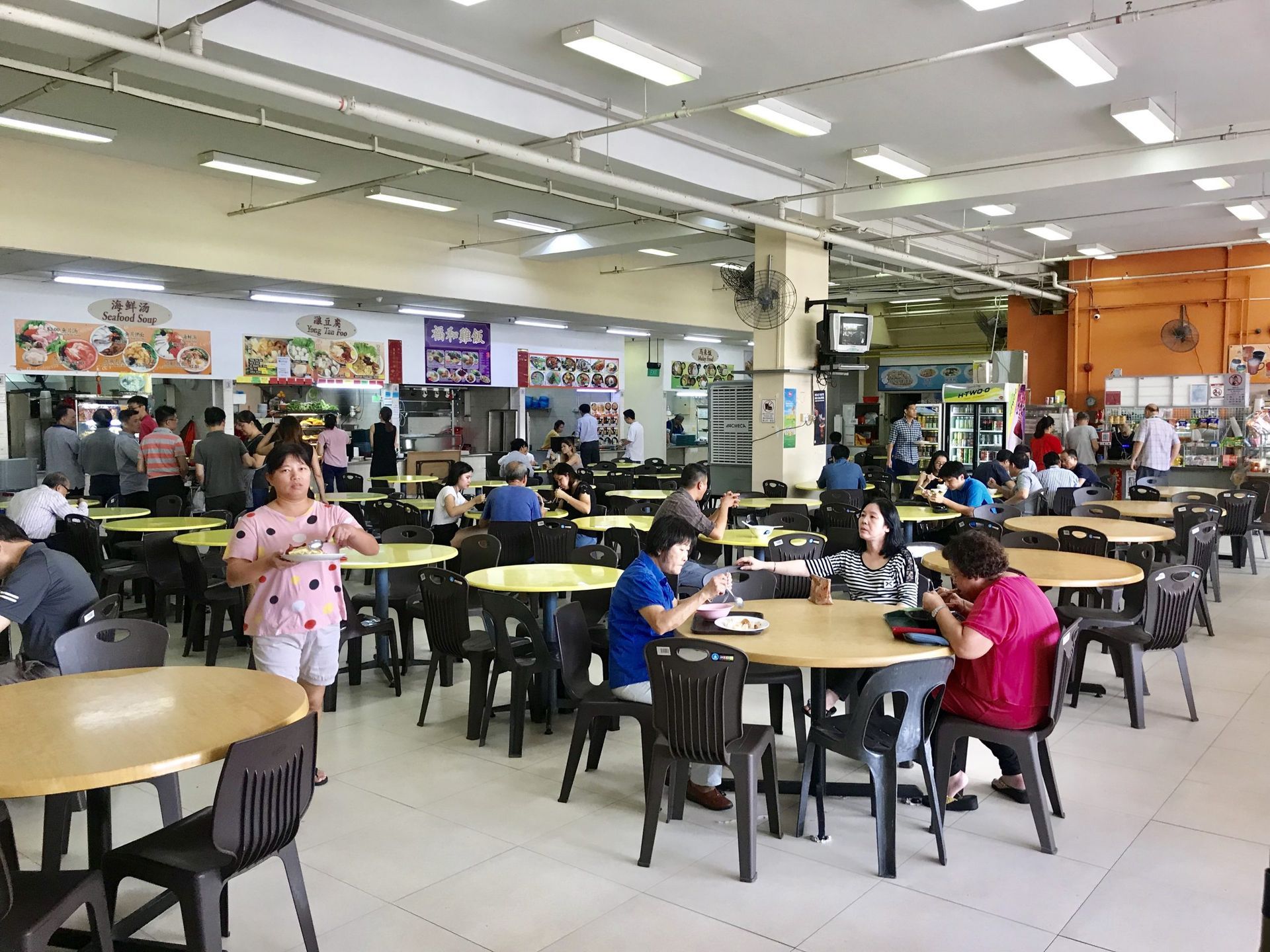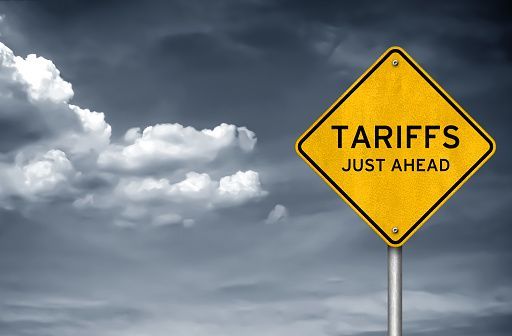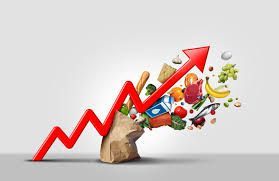How CRM Systems Improve Restaurant Marketing and Customer Engagement
In the competitive landscape of the food and beverage (F&B) industry, restaurants must go beyond just serving great food. To thrive, they need to build strong relationships with their customers and understand their preferences. This is where Customer Relationship Management (CRM) systems come into play. By leveraging CRM technology, restaurants can enhance their marketing efforts and boost customer engagement, ultimately driving loyalty and increasing sales.
Understanding CRM for Restaurants
A CRM system is a software solution designed to help businesses manage customer interactions, streamline processes, and analyze data. For restaurants, a CRM can collect valuable customer information, including dining preferences, order history, and feedback. This data is crucial for crafting personalized marketing campaigns and improving customer service.
Benefits of CRM in Restaurant Marketing
- Personalized Marketing Campaigns
CRM systems allow restaurants to segment their customer database based on various criteria, such as dining habits, spending patterns, and special occasions. By tailoring marketing messages and promotions to specific customer groups, restaurants can deliver personalized offers that resonate with their audience, enhancing engagement and driving repeat visits. - Loyalty Programs
Implementing a loyalty program through a CRM system can significantly boost customer retention. By tracking customer purchases and rewarding them with points or discounts, restaurants can incentivize repeat visits. Moreover, CRM solutions enable restaurants to analyze loyalty program effectiveness, helping them refine their strategies and maximize customer satisfaction. - Automated Communication
Effective communication is vital for maintaining customer relationships. CRM systems enable restaurants to automate email campaigns, reminders, and promotions. For instance, sending personalized birthday offers or special promotions to loyal customers can make them feel valued and encourage them to return. - Feedback and Insights
Understanding customer feedback is essential for improvement. A CRM system can gather reviews and ratings from customers, providing insights into their dining experiences. Restaurants can use this data to identify areas for enhancement, ultimately leading to better service and customer satisfaction. - Data-Driven Decisions
CRM systems collect and analyze data on customer preferences and behaviors, empowering restaurants to make informed marketing decisions. This data can reveal trends, allowing restaurants to adjust their menus, promotions, and service offerings based on customer demands.
Enhancing Customer Engagement
- Tailored Customer Experiences
By using CRM data, restaurants can create tailored experiences for their customers. For example, knowing a customer’s favorite dish allows staff to make personalized recommendations during their visit, making them feel recognized and valued. - Targeted Promotions
With a CRM, restaurants can identify peak dining times and customer preferences, enabling them to create targeted promotions that drive traffic during slower hours. For instance, a happy hour special can be sent to customers who typically dine during off-peak times. - Event Marketing
CRM systems can help restaurants plan and promote events more effectively. By analyzing customer data, restaurants can identify potential attendees for events such as wine tastings or special holiday menus, ensuring better turnout and engagement. - Building a Community
Engaging customers goes beyond transactions; it’s about building a community. By utilizing CRM systems, restaurants can create newsletters and social media campaigns that encourage customer interaction and feedback, fostering a sense of belonging.
Conclusion
In the fast-paced world of the F&B industry, a robust CRM system can be a game-changer for restaurants seeking to enhance their marketing efforts and customer engagement. By harnessing the power of CRM, restaurants can create personalized experiences, implement effective loyalty programs, and make data-driven decisions that resonate with their customers. In doing so, they not only build stronger relationships but also drive customer loyalty and increase revenue. Investing in a CRM system is an essential step for any restaurant looking to thrive in today’s competitive market.
If you are interested in getting digital solutions such as POS system, QR ordering, online ordering and CRM membership solutions, click here to send in an enquiry!
Interested in a CRM Based POS System, QR ordering or a standalone CRM membership system?
Send an Enquiry!
You might also like



